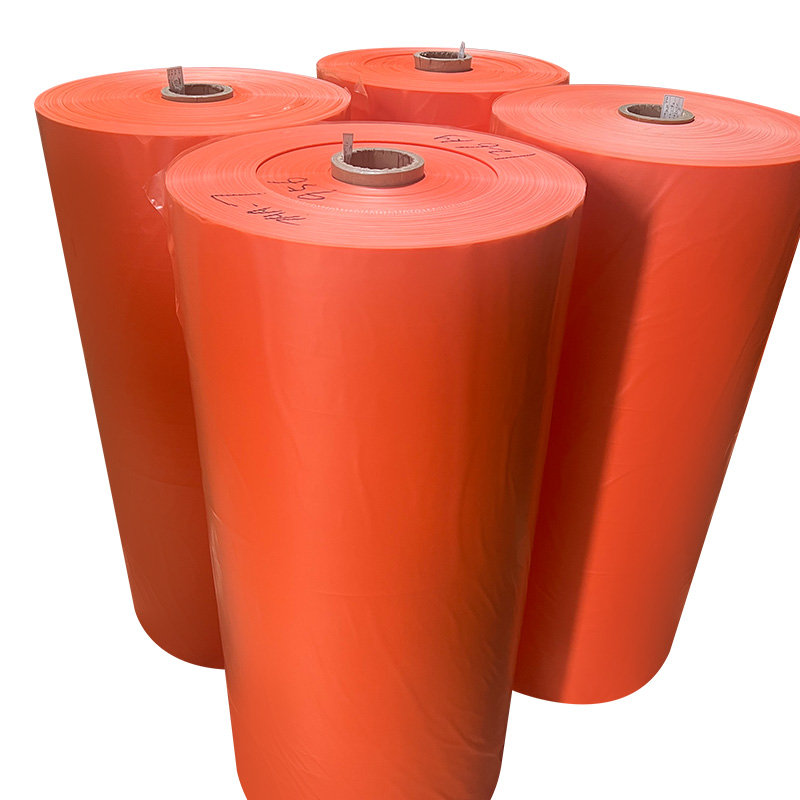Emulsion explosives composite plastic film is an important packaging material for emulsion explosives, and its multi-layer structure design is the key to achieving safe packaging. So, how is this multi-layered structure designed?
First of all, we must understand that the multi-layer structure is designed to meet the multiple needs of emulsion explosives. These requirements include compatibility with explosives, barrier properties, mechanical strength and safety.
In a multi-layer structure, each layer has its specific function. For example, the inner layer is usually made of materials that are compatible with emulsion explosives to ensure that the explosives remain stable during the encapsulation process. The outer layer emphasizes weather resistance and mechanical strength to resist erosion and physical impact from the external environment.
In addition to inner and outer layers, barrier layers may also be included in multi-layer structures. The main function of this layer is to prevent the penetration of water, oxygen and other substances, thereby maintaining the chemical stability of the emulsion explosive. Common barrier materials include aluminum foil or special plastics.
So, how do these different layers connect together? This involves adhesives and joining technology. Each layer needs to be tightly bonded with adhesives or other joining techniques to ensure the integrity and continuity of the entire structure.
In order to ensure the tightness of the packaging, the edges and seams of the film are usually heat-sealed. By controlling parameters such as heat sealing temperature, pressure and time, it can be ensured that the heat sealing strength and sealing properties meet the requirements.
It is worth mentioning that in the design of multi-layer structures, the safety and environmental protection of materials also need to be considered. Choosing non-toxic and non-polluting materials and ensuring that they will not cause harm to people and the environment during use are the principles that must be followed during the design process.
